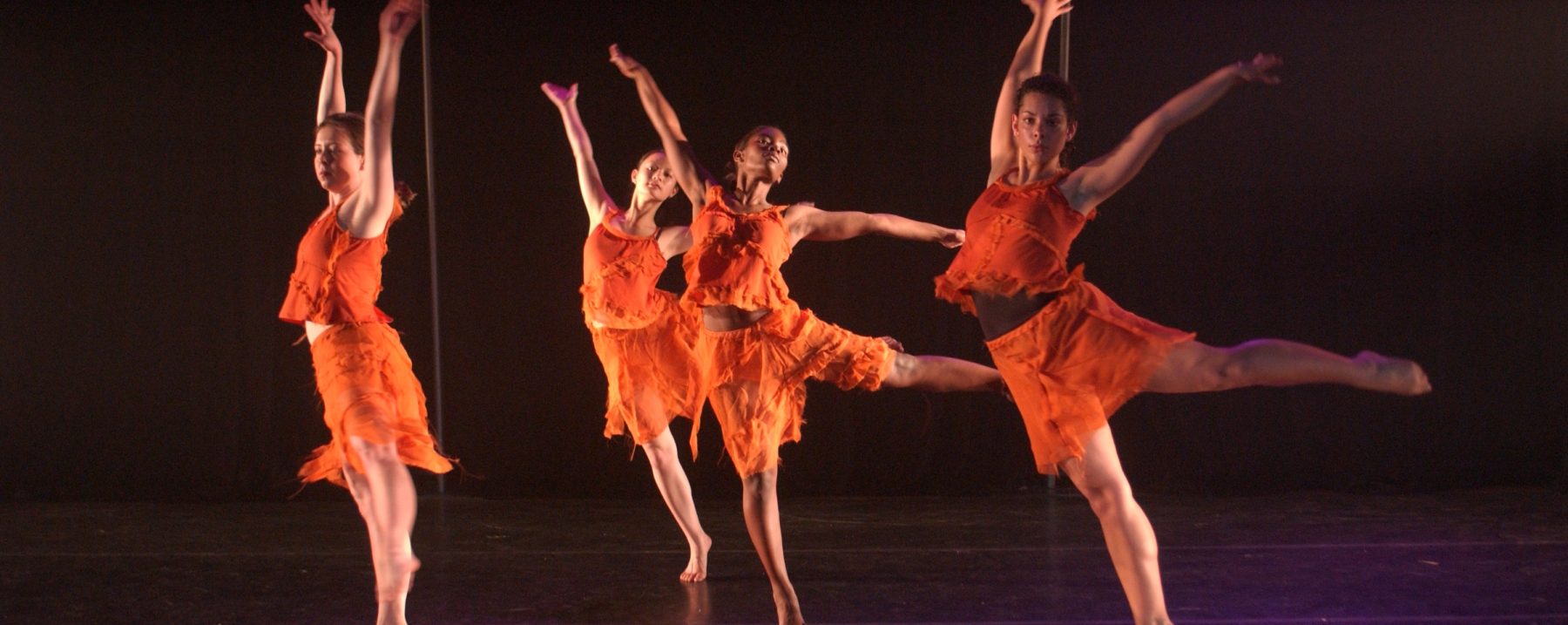Arts Column – The changing nature of opera and ballet
Are opera and ballet elitist? This was the question asked by the panel for The Big Question, a series of talks held in 2013 at the Royal Opera House. The debate asked experts to consider whether the boundaries that exist between opera and ballet, and the rest of the theatrical world, are fictitious constructs or is there something genuinely unapproachable about the ‘elite’ duo.
The fact that a debate like this took place proved that big opera companies understood they were being perceived as inaccessible, a stigma they are working hard to shake off. The Royal Opera House has developed a free student scheme, where all students have access to tickets priced at £1-25. There are also four performances a year where the entire amphitheatre is reserved for students, within that same price bracket. This is just the tip of the iceberg when it comes to what they offer students to break down the inaccessibility stigma.
This scheme is all part of a movement of leading opera houses trying to reach out to students and engage them in an exciting art form. Opera houses endeavour to look out for exciting new writing that they feel will excite students and also foster their newly found interest. The creation of operas like Mark-Anthony Turnage’s Anna Nicole, which focuses on the life of Anna Nicole Smith, known as the first famous-for-being-famous celebrity, is a good example of this movement, and was in fact the opera that opened the autumn season at the Royal Opera House this year. Tongue-and-cheek writing and a saucy story line combined with world-class singers showed that opera and ballet are not an ‘elite’ duo, but an art form that is constantly redeveloping and seeking to redefine how it is perceived.

Comments